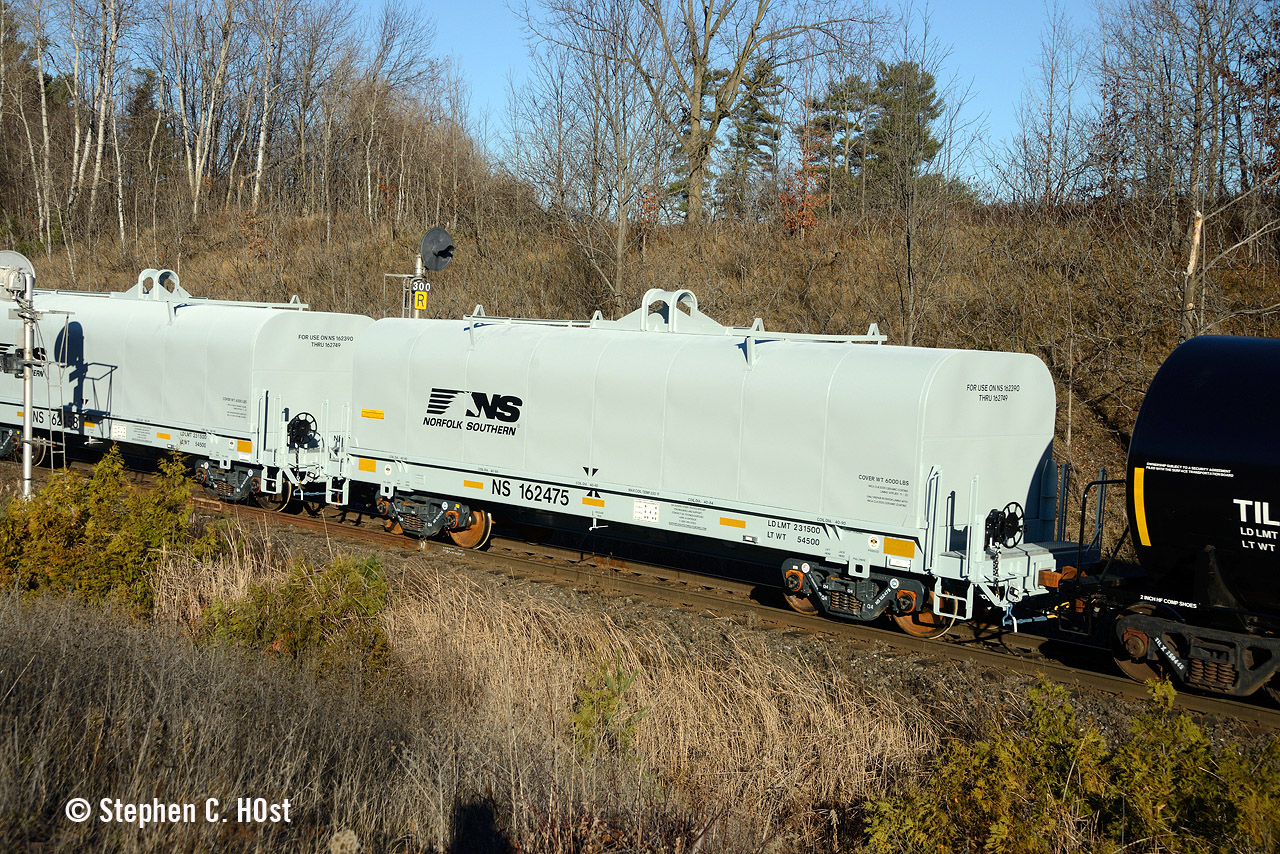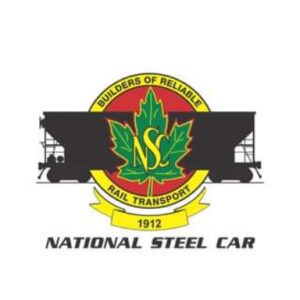
WASHINGTON – The National Transportation Safety Board today removed National Steel Car from its investigation into the March 4 derailment of a Norfolk Southern train in Ohio and was critical of the carmaker’s claims that its wheelsets had been ruled out as a potential cause of the wreck.
“In a statement Friday, National Steel Car claimed its steel coil wheelsets were cleared from involvement in the derailment,” the NTSB said. “However, the NTSB has not ruled out the role that the wheelsets may or may not have played in the derailment at this point in the investigation.”
In the wake of the derailment in Springfield, Ohio, the Association of American Railroads issued an equipment advisory recommending that 675 steel coil cars built by National Steel Car be sidelined until their wheelsets could be replaced. NS had said that loose wheels on the cars presented an increased risk of an out of gauge derailment.
 The equipment advisory was rescinded last week after National Steel Car data showed that all 2,700 wheelsets were installed properly, the carmaker said. National Steel Car CEO Gregory J. Aziz said the cancellation of the equipment advisory “completely exonerates National, in all respects, regarding this derailment.”
The equipment advisory was rescinded last week after National Steel Car data showed that all 2,700 wheelsets were installed properly, the carmaker said. National Steel Car CEO Gregory J. Aziz said the cancellation of the equipment advisory “completely exonerates National, in all respects, regarding this derailment.”
National Steel Car’s release of information about an ongoing investigation prompted the NTSB to take the unusual step of removing the carmaker as a party to the probe. Parties to an NTSB investigation are not permitted to release information that has not been fully vetted or confirmed by the safety board.
“The actions of National Steel Car in recent days have evidenced a lack of cooperation and adherence to our party processes and prevent your continued participation in the investigation,” James Southworth, the NTSB investigator in charge, wrote in a letter to National Steel Car yesterday.
The NTSB said that the constraints placed on the parties to an investigation exist to prevent the uncoordinated release of investigative information. The NTSB has used the party system for decades as part of its investigative process, which allows the sharing of factual investigative information during the early phases of an investigation.
“Prior to the NTSB’s adoption of the final report regarding this accident, only appropriate NTSB personnel are authorized to publicly disclose investigative findings and, even then the release will be limited to verified factual information identified during the course of the investigation,” Southworth wrote. “Mr. Aziz not only provided factual investigative information, but also speculated on the cause of the accident.”
Uncoordinated releases of information, the NTSB said, don’t help the board’s goal of transparency or serve the public interest. “Rather, they only meet a party’s self interests,” the NTSB said.
The 210-car, 17,966-ton merchandise train that derailed in Springfield had the bulk of its tonnage at the front and rear of the train, with empty cars sandwiched in between, the FRA said in a train makeup safety advisory issued earlier this month. The train had three locomotives on the head end and two distributed power units placed midtrain.
“The train was traveling on an ascending 0.6% grade with a heavier part on a 0.7% downhill grade,” the FRA said. “The weight was mostly concentrated at the head and rear ends of the train. During the accident, dynamic braking was applied only to the headend locomotive consist, while the DPUs were idle, making it function like a conventional train. The derailment happened at the sag between ascending and descending grades, with short, empty rail cars designed to ship coiled steel being the first to derail. Buff forces peaked as the downhill portion of the train ran-in, causing the derailment of cars 70-72 and the subsequent pile-up.”
A motorist’s dash camera caught what appeared to be the beginning of the 28-car derailment at a grade crossing.
Norfolk Southern, in a statement today, said it “continues to work with the NTSB and FRA on their investigations into the Springfield, Ohio, derailment. As we previously said, after the derailment, the investigative team discovered the subject wheels loose on their axles on some derailed cars, and signs of unusual movement elsewhere on our network on other cars from this series. Safety comes first – and we immediately notified the manufacturer, the investigative agencies, and the AAR of these findings.”
The AAR confirmed that its Wheels, Axles, Bearings and Lubrication Committee rescinded its equipment advisory last week. “AAR acted based on the information available, including from the NTSB. We stand by that decision and will continue to evaluate all such factors on the network,” a spokesman said.
National Steel Car officials declined to comment.
Note: Updated at 2:45 p.m. Central Time with National Steel Car declining to comment.














violate the NYSB’s confidentially requirements and you get eliminated from all proceedings. ie don’t talk about what is being investigated.
Well, for the most part, it is a 19th Century system. But who will pay to flatten and straighten it all out? And if a simple merger brings out the NIMBY army just imagine what would happen if the railroads tried to realign more difficult parts of their systems. NIMBY’s would be threatening nuclear war.
Appears some lawyer gave the steel company very bad advice.
Here’s National Steel Car’s press release:
https://www.steelcar.com/news/press-release-april-14th-2023
Apparently the wheels DID move on the axle but National claims it was from forces involved in the accident.
We shall see what NTSB eventually concludes.
Two things to think about:
1. Why is so much RR infrastructure 19th Century “roller coaster” alignment?
2. Long/short car, empty/load train/track dynamics have been well known issues for decades. Yet we build trains that derail from less than perfect handling. Situation is worse with current DPU deployment practices.
“Why is so much RR infrastructure 19th Century “roller coaster” alignment?”
I agree 100%. A simple attempt at some geographic analytics and they could find some seriously low hanging fruit in bringing additional consistency to their alignments.